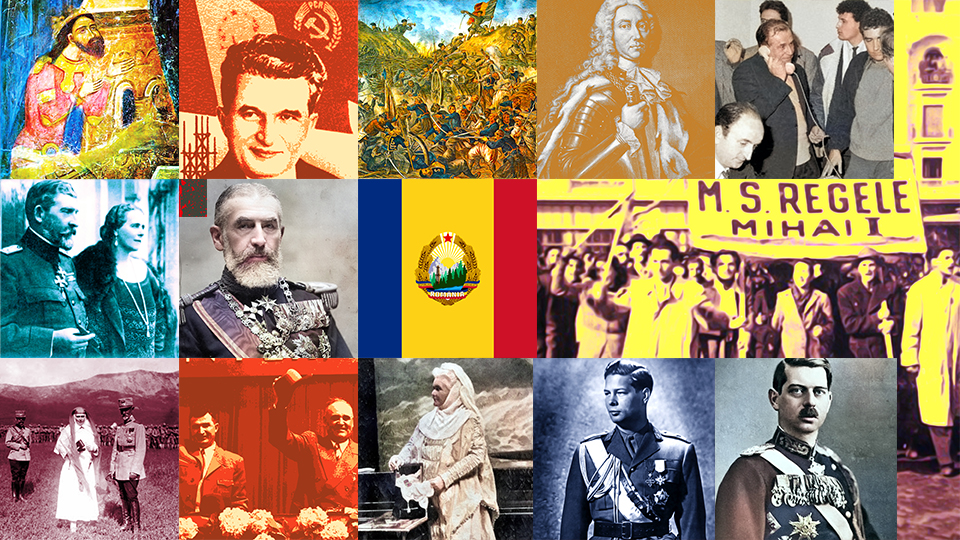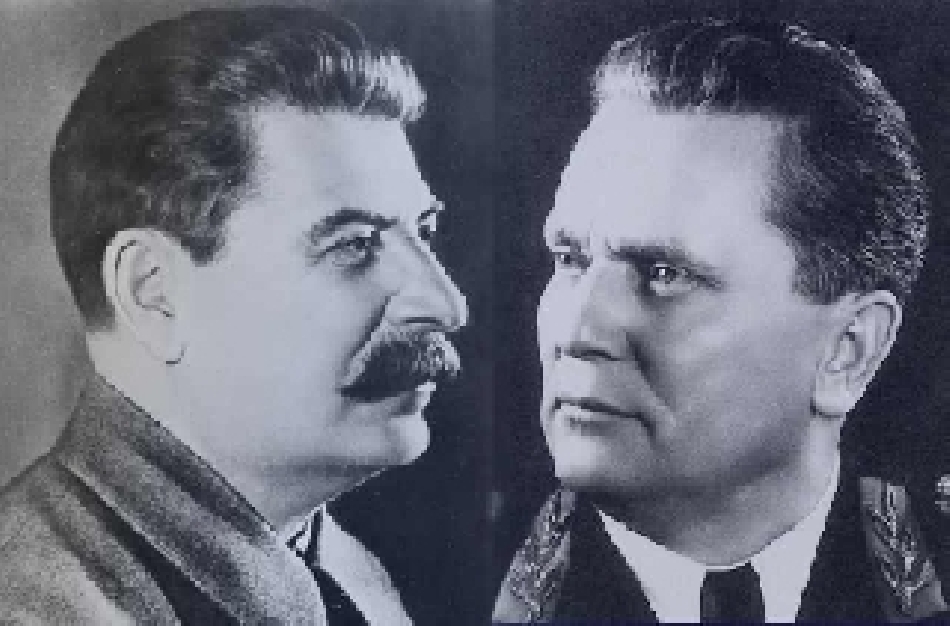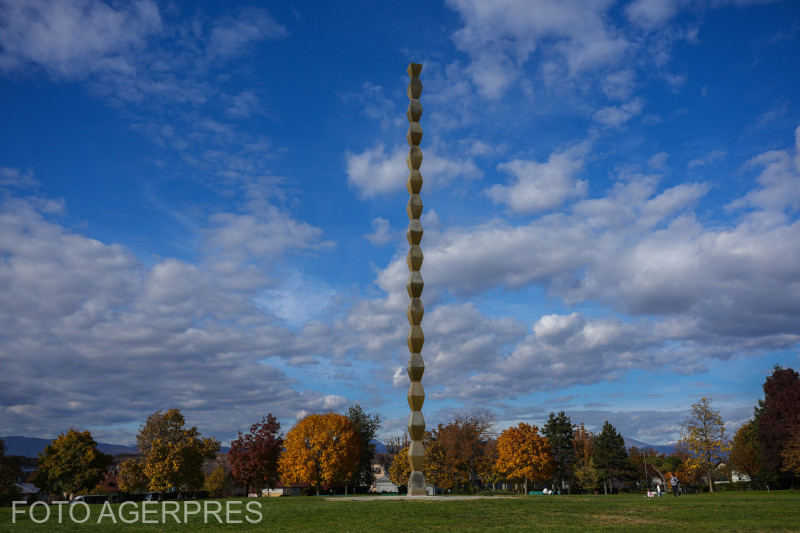Interwar Bukovina
Bukovina, also known as the land of beech trees is a province in northern Romania with a rather sinuous history

România Internațional, 04.10.2021, 22:11
Bukovina, also known as the “land of beech trees” is the province in northern Romania whos had a rather sinuous history. In the Middle Ages, it was part of the Kievan Russia, the Kingdom of Galicia and the Principality of Moldavia. Bukovina was the nucleus from which the medieval state of Moldova was born, and the city of Suceava was its first seat. Suceava was also the seat of the longest-living prince of Moldavia, Stephan the Great, in the second half of the 15th century. In 1774, Bukovina was annexed by Austria, and in 1918 it united with the Kingdom of Romania. In June 1940, following two ultimatums, the Soviet Union annexed Bessarabia and North Bukovina, which were freed in 1941. In 1944, the Soviet Union reannexed the two territories, and North Bukovina was incorporated into Ukraine.
Bukovina has always been a multiethnic and multicultural province. Its been home to Romanians, Ruthenians, Germans, Poles, Jews, ethnic Hungarians, Roma and many more. According to a census conducted in 1910 by the Habsburg authorities, the population of Bukovina numbered 800,198 inhabitants, of whom 39% were Ruthenian, 34% Romanian, 13% Jewish, 8% German, 4.5% Polish and 1.3% Hungarian. In the interwar period, when Bukovina was part of Greater Romania, observing ethnic rights in Bukovina was in line with the highest democratic standards of the time, and the living standard was at an acceptable level. This has been confirmed by both economic statistics and personal testimonies.
One such statement belongs to Mihai Macsim, a teacher in the village of Vatra Moldovitei, and was recorded in 1998 by the Romanian Radio Broadcasting Corporations Oral History Center:
“The village is located in the Obcina sub-Carpathian area. Its a very beautiful place, with hard-working people, who, between the wars were of various ethnicities. But the relations between them were very good. There were no ethnic or religious conflicts, and probably not even political. Most of the people were forest workers, and many were people of means, with their own well-established households.”
The locals were involved in traditional occupations and trades. Living in the mountainous area, they were all very much connected with the forest. Here is Mihai Macsim describing the community he worked in as a teacher.
“The basic occupation of the people in Moldovita was forestry, and the forest workers were known back then as tzapinari. They worked the wood which was then taken to the factory. As regards educated people, there were many of them in Moldovita: doctors, dentists, engineers, teachers, priests and other categories of intellectuals. It was also an extremely developed workers center. The lumber factory in Moldovita was considered the best in the area. Many times, intellectuals would gather at the town hall or the at the factory and talk about things, but there were no political differences between them.”
Economic prosperity is very important in peoples lives. That is why the standard of living is an indicator of how a certain society is doing, politically, socially and culturally. Mihai Macsim recalled some of the things that characterized the life of a teacher:
“The material situation of a teacher in the inter-war period was relatively good For instance, a substitute teacher, therefore at the beginning of their career, would get 1,600 lei per month, and the cost of living, including the rent, was of around 800 lei. So they could save half of their salaries. So, I couldnt say it was a bad time for teachers. Still, compared to other categories of public workers, they were a bit neglected. But most teachers were rather modest, so it was plenty for them. For instance, when I was a teacher in Breaza, I would get 1,600 lei, the rent was 800 and the rest was for me to spend as I would see fit. Most teachers spent that money on books and that is why interwar teachers had beautiful book collections and were known to study a lot.”
Teachers were very much respected in rural communities, and the locals would find all sorts of means to protect them. Here is Mihai Macsim once more:
“Indeed, back then the teacher and the director benefited from a share of the church fund resulting from the wood trade. Also, if one was living at school and the school had land, that plot would be leased and the money obtained that way shared among all the teachers. So there was actual support, also from authorities. I wish teachers today benefited from the conditions back then, from 1937 until 1940. They had very good lives and the neglect was minimal, as it was everywhere.”
Far from attempting to build an idyllic image, the testimonies speaking of a settled democratic society are useful for us to see, by comparison, how society can degrade during a dictatorship. And Bukovina lived through both the dictatorships of the 20th century: Fascism and Communism. Micro and macro histories do not contradict themselves, they are complementary in the history of mankind. (MI)






























